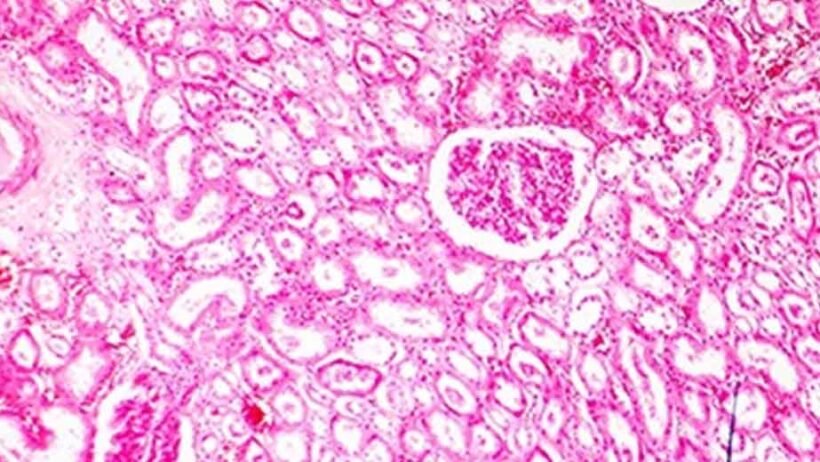Immunohistochemistry, or IHC, serves as a vital tool in pathology and diagnostic research. It helps identify specific proteins within cells, guiding scientists and clinicians toward accurate disease detection. The reliability of IHC depends largely on the quality of the tissue sample used for analysis.
Among available options, FFPE sample tissues remain the most dependable. These preserved specimens retain cellular integrity and protein structure for years, making them ideal for diagnostics and retrospective studies. The connection between IHC and FFPE tissue highlights why this format continues to set the standard for reliable laboratory results.
Preservation of Cellular Architecture
The foundation of IHC accuracy lies in the structural preservation of tissue. Formalin fixation stabilizes proteins and prevents decay, while paraffin embedding protects the specimen for long-term storage. This process keeps the tissue close to its natural form. When scientists study FFPE sections, they can observe cell patterns and structures with clarity. Clear visualization supports precise detection of proteins during staining procedures. Without this preservation, tissue distortion could weaken diagnostic accuracy and reliability.
Stability of Protein Antigens
FFPE tissues maintain protein antigens in a stable state, which is essential for dependable IHC results. Formalin fixation forms chemical bonds that lock proteins in place within cells. These bonds protect antigen sites, allowing antibodies to attach accurately during analysis. Researchers can study FFPE samples even years after collection, and protein expression remains consistent. This reliability enables fair comparison between older and newer samples under the same laboratory conditions. Fresh or frozen tissues degrade faster and lose antigen quality, while FFPE samples preserve protein targets effectively.
Consistency Across Large Sample Sets
IHC research involves large sets of tissue samples, especially in cancer and biomarker studies. FFPE tissues support uniform preparation and storage, which ensures consistency across all specimens. Each sample undergoes identical processing steps, reducing variation. This uniformity strengthens the reliability of research data. Clinical laboratories benefit from reproducible results that enhance diagnostic accuracy and confidence. FFPE samples provide the necessary standardization for global research collaboration and large-scale medical analysis.
Accessibility for Retrospective Analysis
FFPE tissues provide unmatched access for retrospective studies. Hospitals and research facilities maintain extensive FFPE archives containing patient samples preserved for decades. These archives allow scientists to revisit old specimens and apply new detection techniques or antibodies. Such access helps link present discoveries to past patient data, revealing long-term disease patterns. Researchers can evaluate treatment outcomes and identify emerging trends across populations. This advantage makes FFPE tissues indispensable for progress in precision medicine and therapeutic development.
Compatibility with Automated Techniques
Automation plays a major role in laboratory efficiency and accuracy. FFPE samples work seamlessly with automated staining platforms used in IHC. The stable texture of these tissues ensures smooth machine handling during preparation and staining. Automated systems apply reagents with precision and reduce human error. This results in faster analysis while maintaining high quality. FFPE samples support modern diagnostic operations and large-scale testing, making them an ideal choice for laboratories aiming for consistency and productivity.
Immunohistochemistry depends on FFPE sample tissues because of their structural stability, protein preservation, and uniform performance. The fixation and embedding process safeguards the integrity of the specimen, leading to accurate detection and reproducible outcomes. Archived FFPE samples also expand research opportunities and connect past medical cases to current scientific advances. Their compatibility with automation further enhances laboratory precision and speed.








